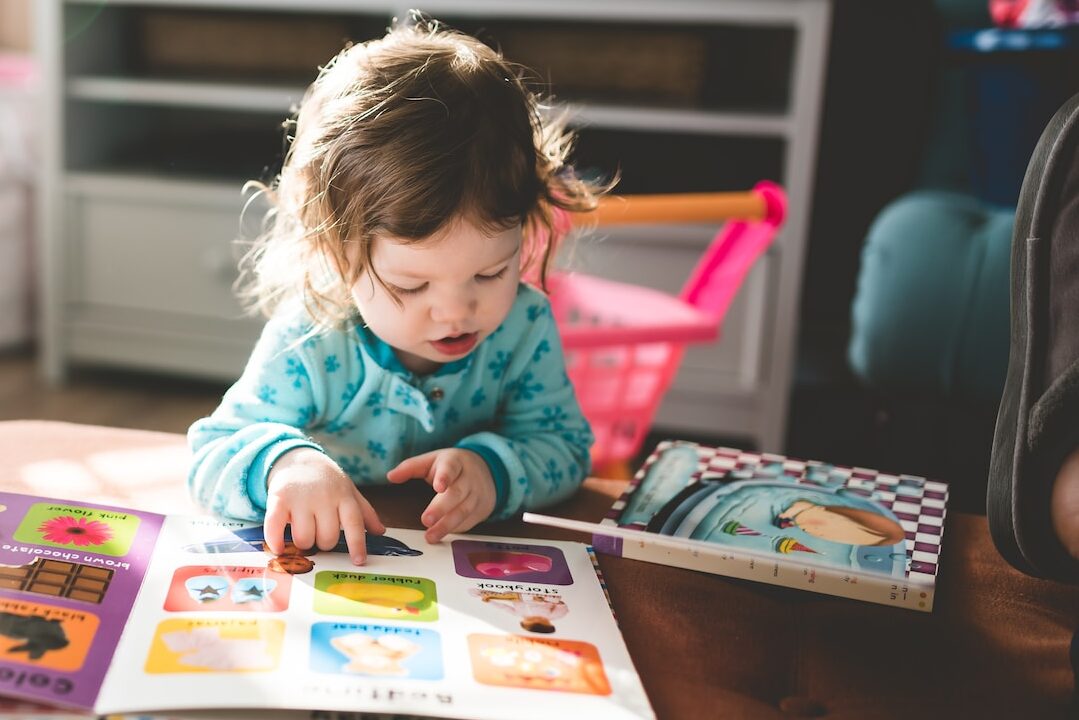Coloring books have been considered a valuable educational resource for many decades, providing children with an enjoyable and highly effective way to acquire knowledge and foster the development of fundamental skills. In addition to being a mere form of entertainment, the act of coloring can have significant effects on children’s cognitive and creative development. Below, we will examine how coloring books contribute to children’s development and learning, along with some suggestions for making the most of this resource.

- Development of Motor Skills:
The act of coloring requires children to use and synchronize precise motor skills. By grasping crayons, colored pencils or markers, they strengthen their fine motor skills and develop control over the movement of their hands. This process improves both writing skills and hand-eye coordination, two skills essential for academic performance. - Learning Basic Concepts:
Coloring books often include illustrations depicting letters, numbers, shapes, and everyday objects. By participating in the process of coloring these images, children not only become familiar with these concepts, but also improve their ability to recognize and retain information. The early initiation of this practice can contribute favorably to subsequent educational development in the school environment. - Stimulus of Creativity:
The action of applying color not only involves technical skill, but also the ability to express an art form. Children can select shades, mix colors and explore various styles. This space of creative freedom enhances imaginative capacity and abstract thinking, contributing to the development of personal aesthetics and the visual expression of ideas by children. - Improved Concentration:
The task of coloring requires patience and concentration. As children engage in the activity, they cultivate the ability to maintain their focus on a specific task for prolonged periods. This competence is of utmost importance for successful achievement in the academic field, since it promotes greater performance in study tasks and problem-solving. - Emotional development:
The practice of coloring can serve as a therapeutic strategy to allow children to express their emotions and cope with stress. Through orientation towards artistic activity, children can discover a means to express their emotions, which positively influences their emotional development.
Suggestions for Acquiring Competencies Through the Use of Coloring Books:
Educational topics: Select coloring books that address educational content related to the alphabet, numbers, animals, and daily life situations. This approach optimizes the acquisition of knowledge through a playful experience.
Creative Conversations: the generation of dialogues of a creative nature during the development of the activity. Children need to know how to select colors, how to make decisions when coloring a specific image, and how to construct narratives from those images.
Diversification of Materials: We recommend incorporating a wide range of coloring tools, such as colored pencils, crayons, markers, and watercolors. This opportunity allows children to gain experience and knowledge about how each material can influence their artistic creations.
Recognition Event: Honor artistic achievements made by children. This strengthens their sense of self-worth and motivates them to continue exploring and acquiring knowledge through artistic expression.
To sum up, coloring books are not only a source of fun, but they also represent an invaluable tool to encourage the holistic development of children. By including the activity of painting in everyday life, parents, and educators have the opportunity to instill in children a genuine passion for knowledge and artistic expression.
